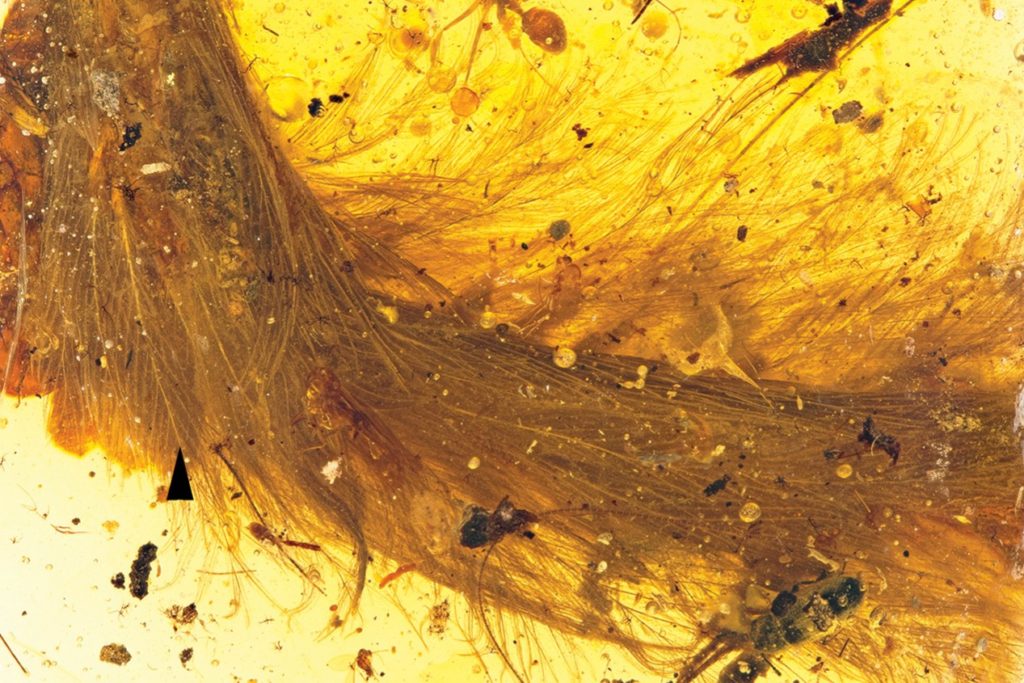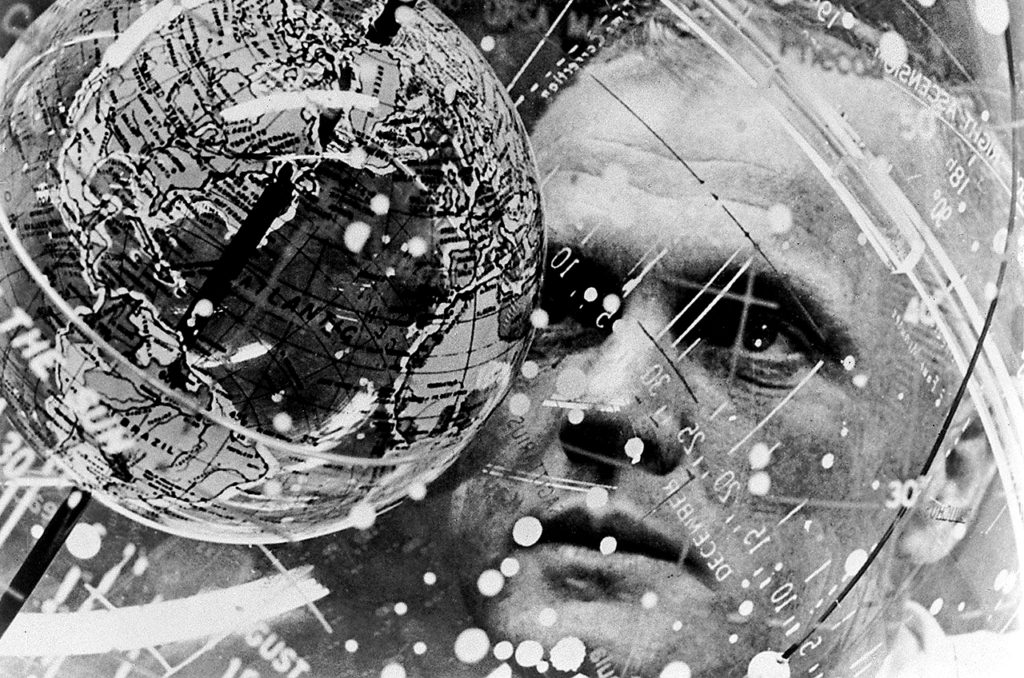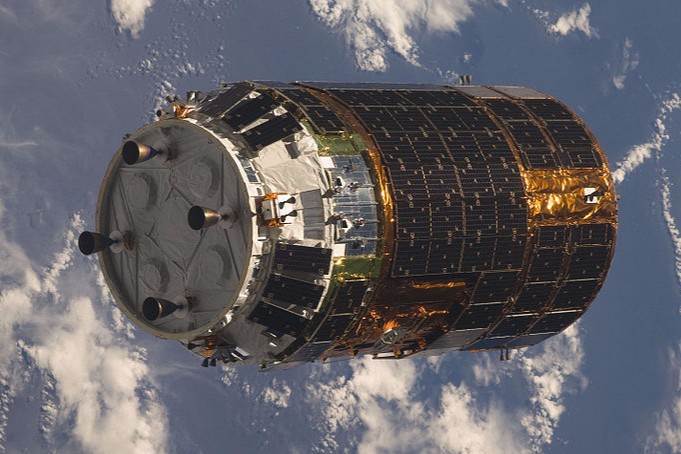This week we’ve got a whole lot of history trapped in amber, a successful resupply mission by the Japanese, and a goodbye to America’s first man to orbit the Earth. It’s the weekly roundup.
Dinosaur Feathers

In 2015, Lida Xing, a paleontologist at the China University of Geosciences, was at an amber market in Myanmar. He goes to a number of amber markets, because sometimes people will find interesting things in amber, and try to sell them off as interesting jewellery or conversation pieces. And boy, did he find something. He bought it, quick, and got down to studying it with Ryan McKellar, curator of invertebrate paleontology at the Royal Saskatchewan Museum. What was it? Feathers. Hundred million year old dinosaur feathers, preserved in amber. The research has been released this week (open access!) in Cell: Current Biology. Simply titled “A Feathered Dinosaur Tail with Primitive Plumage Trapped in Mid-Cretaceous Amber” the article does not overstate its contents. Not only does it tell us about the evolution of feathers in non-avian dinosaurs, traces of iron beneath the feathers suggest that there might even be traces of blood in the tail, telling us about the preservation capabilities of amber. Oh, and, of course, it’s actual dinosaur feathers. So that’s pretty cool. Go read the study, and check out the photos. Oh and there’s more photos over at Quartz.
John Glenn, 1921-2016

John Glenn, the first American to orbit the Earth, has passed away. I wasn’t alive when he did most of the things he’s known for — flying combat missions over the south Pacific in World War II; flying combat missions over Korea in the early 50s; his test pilot work in the later 50s; his three orbits of the Earth in February 1962 aboard the Friendship 7; heck, I even missed his first ten years in the senate. From where I was in Canada growing up, I first saw him in action in 1998 when, at 77 years of age, he flew on the space shuttle as the payload specialist on STS-95. He was the last surviving member of the so-called Mercury Seven astronauts, the first astronauts announced as part of the Mercury program back in 1959. His passing comes at the end of an era, one which saw us do incredible things, and then stop doing them for so long some people even stopped believing we could. But that middle period is coming to an end, one way or another, and I firmly believe we will be leaving this planet again, and soon. It’s just a real shame Glenn won’t be here to see it. John Glenn was 95.
ISS Supplies

An uncrewed cargo capsule launched successfully Friday from Japan’s Tanegashima Space Center, carrying 9,080 lbs of cargo and supplies to the International Space Station. Japan is a fairly major contributor to the ISS, with the single largest ISS module being the Kibo module (きぼう, “hope”), otherwise known as the JEM (Japanese Experiment Module). Their H-II “Kounotori” transfer modules (こうのとり, “white stork”) also known as the HTV (H-II Transer Vehicle), have flown five ISS resupply runs since 2009. The rocket that carries it up there, known as an HII-B (or H2B), is a single-use two-stage liquid oxygen/liquid hydrogen rocket with four strap-on solid rocket boosters, with a max payload of 42,000 lbs to LEO. For comparison, the maxed-out version of SpaceX’s Falcon 9 (the F9-FT) can take 50,300 lbs to LEO, so that’s not far off (even if the F9’s first stage is returnable and soon-to-be reusable). The HII-B is a joint project of JAXA (the Japanese Aerospace Exploration Agency) and Mistubishi. This week’s resupply mission marks the sixth for the Japanese space program, and comes as a relief after the destruction of a Russian resupply attempt at the beginning of the month. You can read more about it over at Spaceflight Now.
ICYMI
Here’s what we got up to this week at This Week In Tomorrow:
- On Tuesday, I posted about the Google Lunar X-Prize competitors, the Part Time Scientists
- On Wednesday, I posted about ridiculous things you shouldn’t waste your money on (well, two of them)
- On Thursday, I wrote about a new study that suggests giving the poor doesn’t make them more likely to buy booze, and
- On Friday, Elle gave us a misogyny double-feature with Ohio’s “heartbeat bill” and a lawsuit “on behalf of” embryos
If you missed any of those, give ’em a look!
Best of the Rest
And, of course, there’s always time for your weekly linkspam.
- A new study shows that solar really is clean (and getting cleaner every year)
- NASA’s next discovery mission choice is set to be announced soon(ish)
- SpaceX’s RTF has slipped into January
- NASA made a giphy page, and
- Circle has stopped trading Bitcoin, probably because of the politics
***

